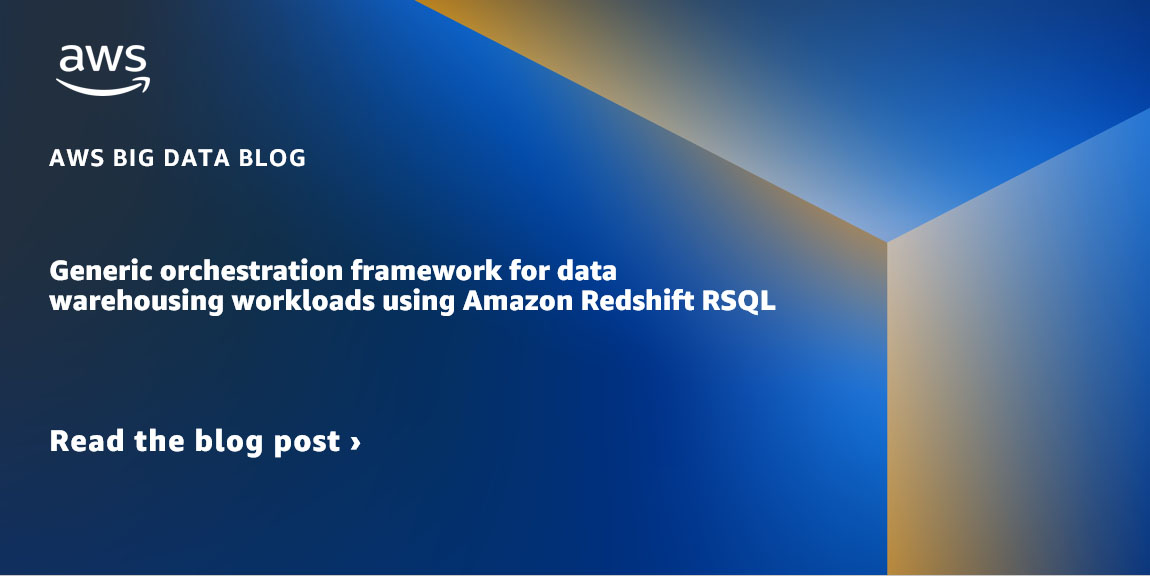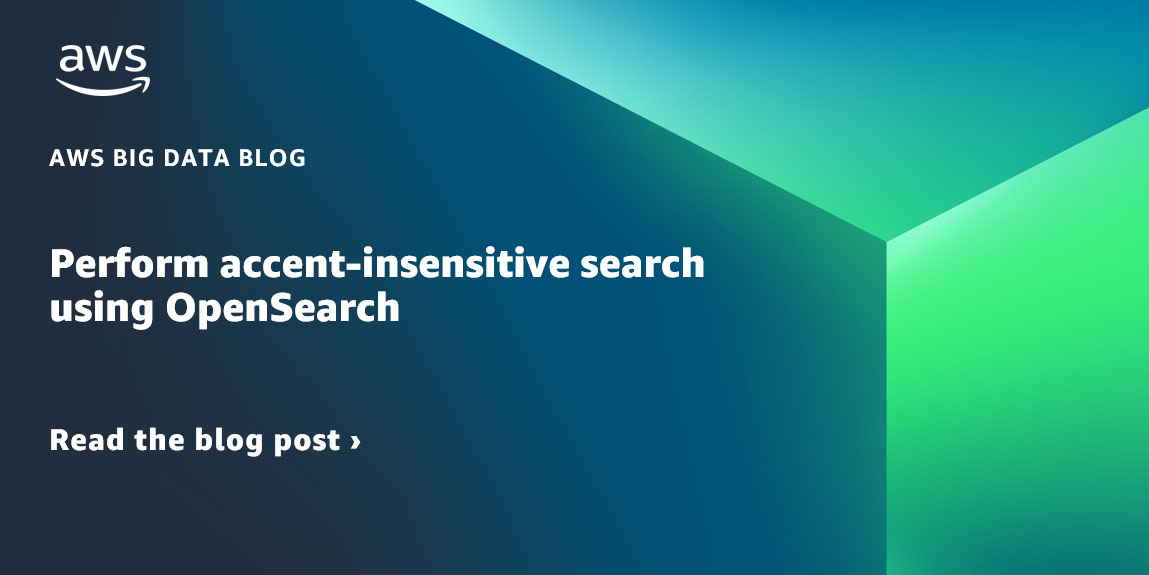AWS Big Data Blog
Category: Analytics
Push Amazon EMR step logs from Amazon EC2 instances to Amazon CloudWatch logs
Amazon EMR is a big data service offered by AWS to run Apache Spark and other open-source applications on AWS to build scalable data pipelines in a cost-effective manner. Monitoring the logs generated from the jobs deployed on EMR clusters is essential to help detect critical issues in real time and identify root causes quickly. […]
Connect to Amazon MSK Serverless from your on-premises network
Amazon Managed Streaming for Apache Kafka (Amazon MSK) is a fully managed, highly available, and secure Apache Kafka service. Amazon MSK reduces the work needed to set up, scale, and manage Apache Kafka in production. With Amazon MSK, you can create a cluster in minutes and start sending data. With Amazon MSK Serverless, you can […]
How Morningstar used tag-based access controls in AWS Lake Formation to manage permissions for an Amazon Redshift data warehouse
This post was co-written by Ashish Prabhu, Stephen Johnston, and Colin Ingarfield at Morningstar and Don Drake, at AWS. With “Empowering Investor Success” as the core motto, Morningstar aims at providing our investors and advisors with the tools and information they need to make informed investment decisions. In this post, Morningstar’s Data Lake Team Leads […]
Patterns for updating Amazon OpenSearch Service index settings and mappings
Amazon OpenSearch Service is used for a broad set of use cases like real-time application monitoring, log analytics, and website search at scale. As your domain ages and you add additional consumers, you need to reevaluate and change the domain’s configuration to handle additional storage and compute needs. You want to minimize downtime and performance […]
Implement column-level encryption to protect sensitive data in Amazon Redshift with AWS Glue and AWS Lambda user-defined functions
Amazon Redshift is a massively parallel processing (MPP), fully managed petabyte-scale data warehouse that makes it simple and cost-effective to analyze all your data using existing business intelligence tools. When businesses are modernizing their data warehousing solutions to Amazon Redshift, implementing additional data protection mechanisms for sensitive data, such as personally identifiable information (PII) or […]
Showpad accelerates data maturity to unlock innovation using Amazon QuickSight
Showpad aligns sales and marketing teams around impactful content and powerful training, helping sellers engage with buyers and generate the insights needed to continuously improve conversion rates. In 2021, Showpad set forth the vision to use the power of data to unlock innovations and drive business decisions across its organization. Showpad’s legacy solution was fragmented […]
Create threshold alerts on tables and pivot tables in Amazon QuickSight
Amazon QuickSight previously launched threshold alerts on KPIs and gauge charts. Now, QuickSight supports creating threshold alerts on tables and pivot tables—our most popular visual types. This allows readers and authors to track goals or key performance indicators (KPIs) and be notified via email when they are met. These alerts allow readers and authors to […]
Generic orchestration framework for data warehousing workloads using Amazon Redshift RSQL
Tens of thousands of customers run business-critical workloads on Amazon Redshift, AWS’s fast, petabyte-scale cloud data warehouse delivering the best price-performance. With Amazon Redshift, you can query data across your data warehouse, operational data stores, and data lake using standard SQL. You can also integrate AWS services like Amazon EMR, Amazon Athena, Amazon SageMaker, AWS […]
Perform accent-insensitive search using OpenSearch
We often need our text search to be agnostic of accent marks. Accent-insensitive search, also called diacritics-agnostic search, is where search results are the same for queries that may or may not contain Latin characters such as à, è, Ê, ñ, and ç. Diacritics are English letters with an accent to mark a difference in […]
Build event-driven data pipelines using AWS Controllers for Kubernetes and Amazon EMR on EKS
An event-driven architecture is a software design pattern in which decoupled applications can asynchronously publish and subscribe to events via an event broker. By promoting loose coupling between components of a system, an event-driven architecture leads to greater agility and can enable components in the system to scale independently and fail without impacting other services. […]









